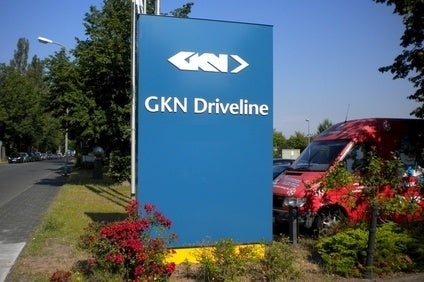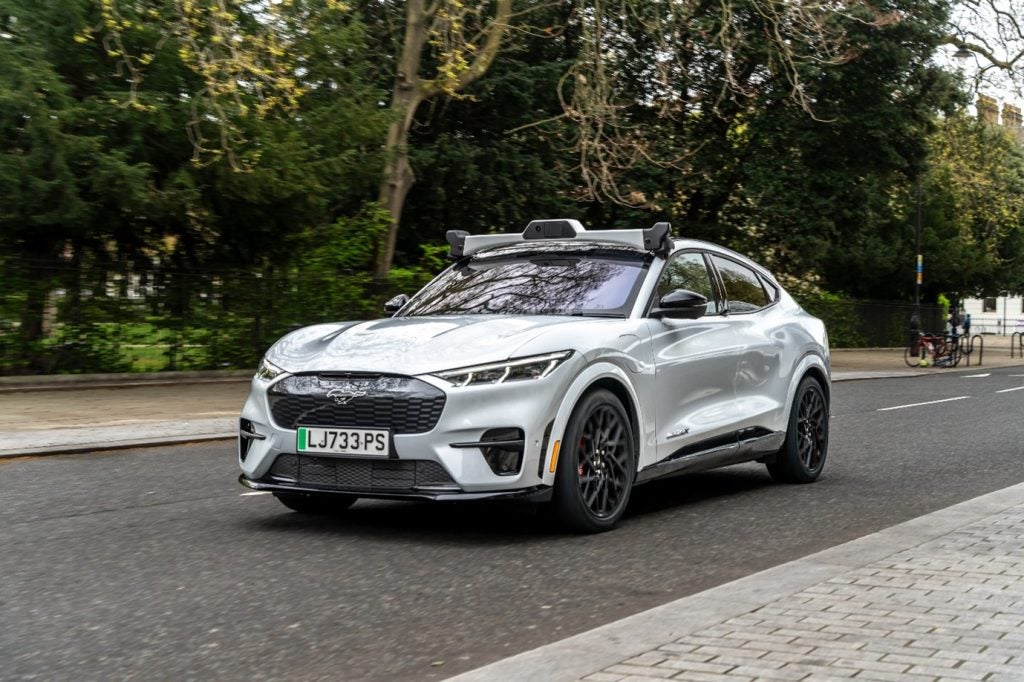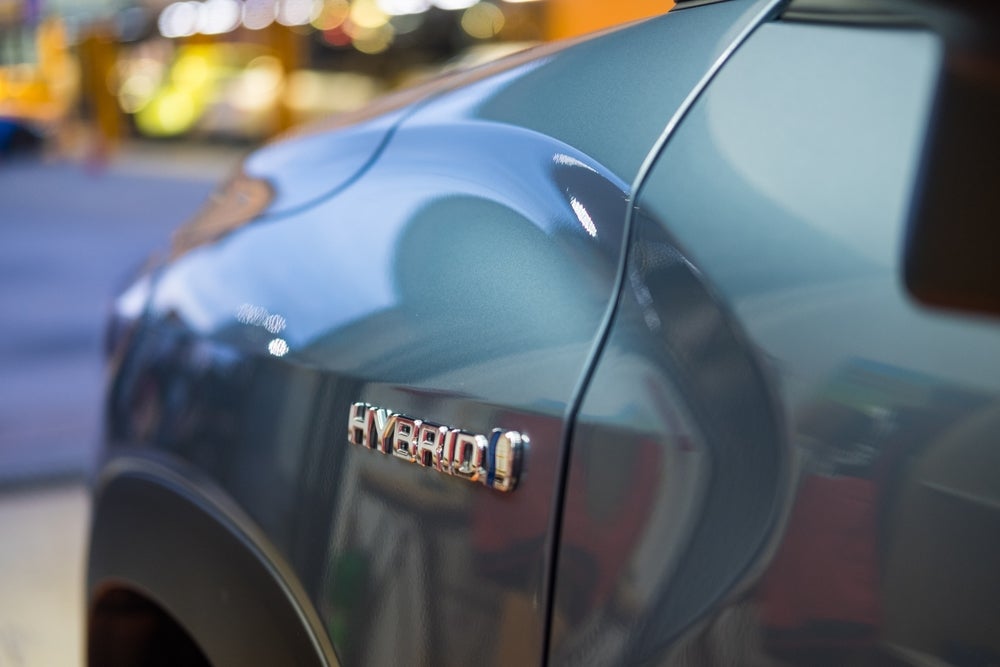
Interview with Rob Rickell, Senior Vice President Global Engineering, Principal Engineer, GKN plc. At the recent Paris Show, Calum MacRae caught up with him to discuss technology developments in the AWD market such as driveline disconnect and e-axles.
j-a: So driveline disconnect was something you launched for the MY14 Range Rover Evoque last year – how is the roll out to other OEMs progressing?
RR: Evoque was the first vehicle and there are a number coming this year and next with disconnect. A number of European and American OEMs will be using our AWD disconnect. It will be the system as on the Evoque and derivatives of that system which is suitable for AWD systems derived from FWD platforms.
j-a: With the GKN system is it the case that it disconnects the front drive unit and the rear drive unit from the propshaft?
RR: Yes – you have a front disconnect, so you continue to drive the front wheels, then you disconnect the propshaft or any rotating parts in the PTU at the front and then in the rear the axle and sideshafts are all stationary when not needed. However, all can be connected again in 300 milliseconds.
j-a: There are a lot of competing driveline disconnect systems – American Axle, ZF and BorgWarner – all claiming the same thing. How does GKN’s system differ?
How well do you really know your competitors?
Access the most comprehensive Company Profiles on the market, powered by GlobalData. Save hours of research. Gain competitive edge.

Thank you!
Your download email will arrive shortly
Not ready to buy yet? Download a free sample
We are confident about the unique quality of our Company Profiles. However, we want you to make the most beneficial decision for your business, so we offer a free sample that you can download by submitting the below form
By GlobalDataRR: On the market now there are only two, in the next few weeks there are three or four others. Let’s say from the end of this year that there will be three from GKN and one from American Axle. American Axle were actually first to market (Note: on the Jeep Cherokee), a month before GKN were. GKN’s system is quicker, smoother, smaller and more lightweight. Also GKN’s system is scalable through A- to C-segments and we can add torque vectoring too.
j-a: AWD is increasingly popular but there is a fuel economy penalty reckoned to be around 3.5% compared to a 2WD vehicle and all at a time of tightening fuel economy and CO2 regulations. That makes AWD quite a conundrum for OEMs doesn’t it?
RR: The fuel economy penalty can be more than 3.5% depending on the application. By adding a disconnect you can get the fuel economy back to not be that far removed from a FWD vehicle. Because quite a bit of the time you only need FWD.
j-a: So compared with the viscous coupling type of AWD that you have for some vehicles is the driveline disconnect a better system?
RR: Yes – although you are transferring the torque invariably that’s fine but what you still have is all those rotating components, inertia, the losses between the gears, oil churn in the final drive unit and PTU etc. They’re more of a problem than the weight – the real issue is having to accelerate and decelerate mass all the time rather than only when you require it.
j-a: I think I’ve seen some figures that say 85% of the losses in AWD are frictional losses and just 15% from the additional weight of the components?
Yes, that’s right. Lowering weight is good as you can improve acceleration, you can improve any number of things but it’s much more important to improve frictional efficiency and we think the best way to do that is by taking the frictional components out of the system when you don’t need them.
We see at least half of the AWD market going to disconnect and most of them to GKN disconnect.
j-a: In terms of the overall AWD market where do you see that going? What sort of growth do you see for the market?
RR: It’s still a growing market and growing globally. There’s been tremendous growth, and that continues, in China and that’s where the strongest growth is. But it’s still very strong in the US. The important thing is that there has been a major shift to AWD based on FWD passenger car platforms rather than the old-style body-on-frame 4WD light trucks we would have seen in the past. So there’s a big transition to AWD in the B- and C-segments, which is significant because that’s where the volume is too. In China, there’s been some vehicles that we’ve been working on where they’ve been looking to do FWD and AWD versions – but now such is demand that the OEM in question has decided to do just AWD. In China, when they order the foreign car the customer there tends to order the top specification model, which is very often the AWD model. It’s also the case that people are finding that AWD vehicles are much nicer to drive, they’re more fun. There doesn’t have to be snow to enjoy AWD.
j-a: After disconnect what do you see as the next major fuel economy saving you can make in AWD?
RR: The next one is e-AWD. We’ve already started with PSA with the Hybrid4 technology. With PSA there’s a FWD platform but with an e-axle on the rear, but there will be other OEMs with RWD platforms and having e-axles on the front. Additionally, there are other projects in the pipeline that follow the PSA principles – so e-AWD, and hybrids, but also pure electricity in the city for maybe 50km. That’s certainly the future of AWD as well and that will take maybe 10 years to become a major part of AWD. All parts of the hybrid market – 48V and 400V – are available to e-AWD. With PHEV 400V hybrids with e-AWD you’re looking at 30-50% fuel economy improvements for AWD.
j-a: Do you think the forthcoming World Light Duty Test Procedure and Cycle (WLTP and WLTC) will have an effect on AWD? How is AWD regarded in the WLTP – in the WLTC do you have to run the vehicle in AWD?
RR: If it’s part of the vehicle and it’s going to be sold as AWD yes. That’s new. Because that didn’t used to be the case. It used to be if the vehicle was available as FWD it would be tested as FWD and if there was an AWD too it would be calculated from that FWD result. Now if the vehicle does have an AWD it has to be tested as an AWD. But if it’s a disconnect it can of course, based on the control strategy, be disconnected for the most advantageous part of the test. And that is exactly why disconnect is a very important AWD technology.
j-a: Do you see any manufacturers that are still out of bounds for AWD?
No, not at all. That’s particularly the case for the manufacturers who have had FWD only platforms – they are very interested in the e-axle. They see it as a big sales point – if you’re trying to sell purely hybrid it can be difficult if the market incentives aren’t big enough, but couple that with AWD and it becomes a different proposition.
j-a: Do you ever see a point in the future, say with the 2025 regulations, that it becomes a really difficult market for AWD even with the e-axle?
I think the 2020-2021 regulations with 95g are very achievable with disconnect in the A- to C-segments, but 75g will be more of a challenge and that’s where we start to see more and more hybridisation and more and more e-axles coming in. Legislation is clearly the thing that drives hybridisation. I’m convinced that by 2030 the vast majority of premium vehicles, medium-size vehicles and AWD vehicles will all be hybrids because it will be the only way they’ll achieve the limits.
j-a: The changing legislation is it affecting any of your more traditional businesses?
We have more content due to legislation because everyone’s looking for improved efficiency and lighter weight – so all our components whether it’s new hollow shafts or the countertrack CV joints, or all these other things we’ve introduced over the past couple of years, are all selling very well at the moment. So for a supplier the legislation is a good thing, but it’s also a good thing for everybody to be saving more energy. And it’s good to be challenged.







